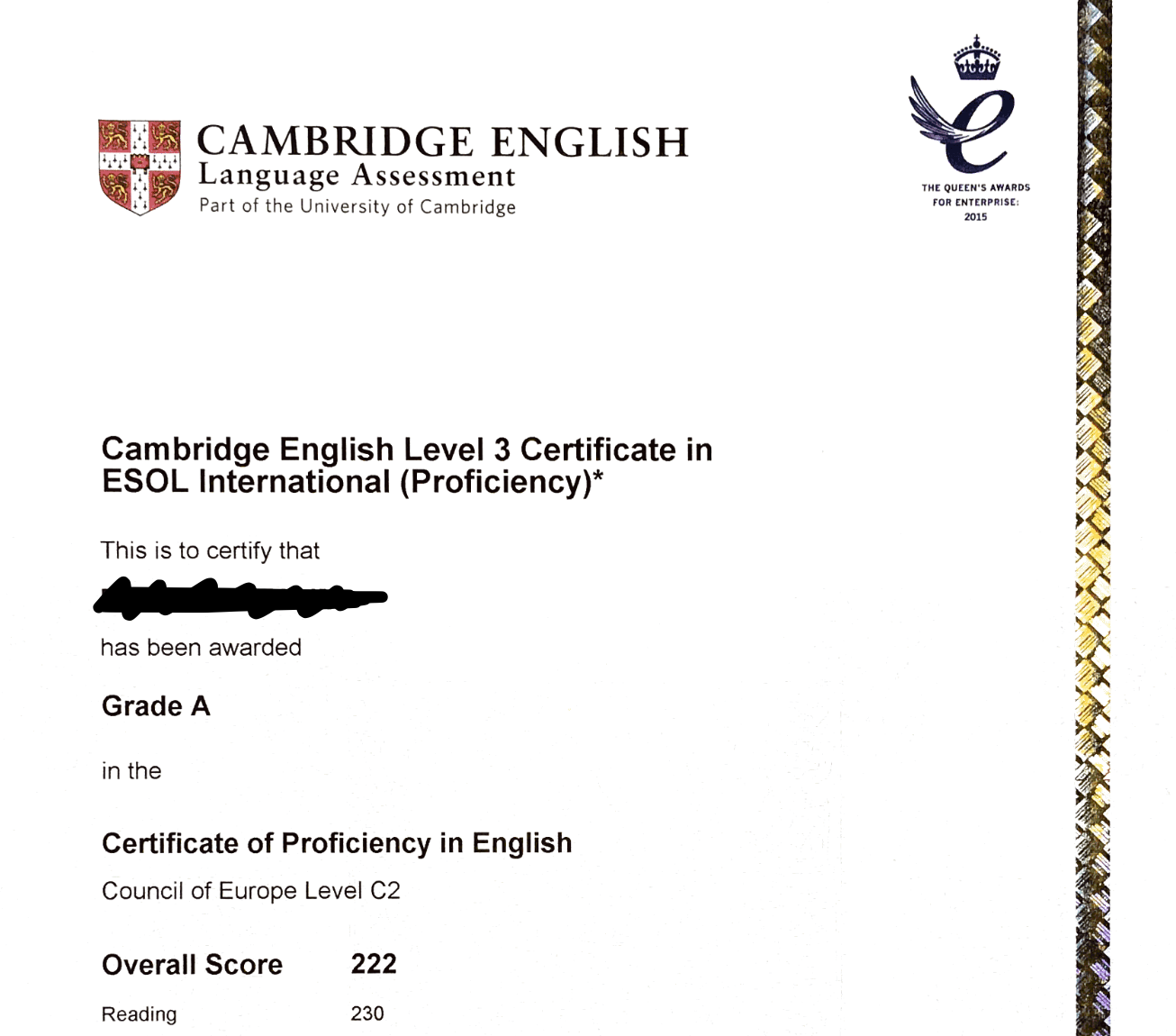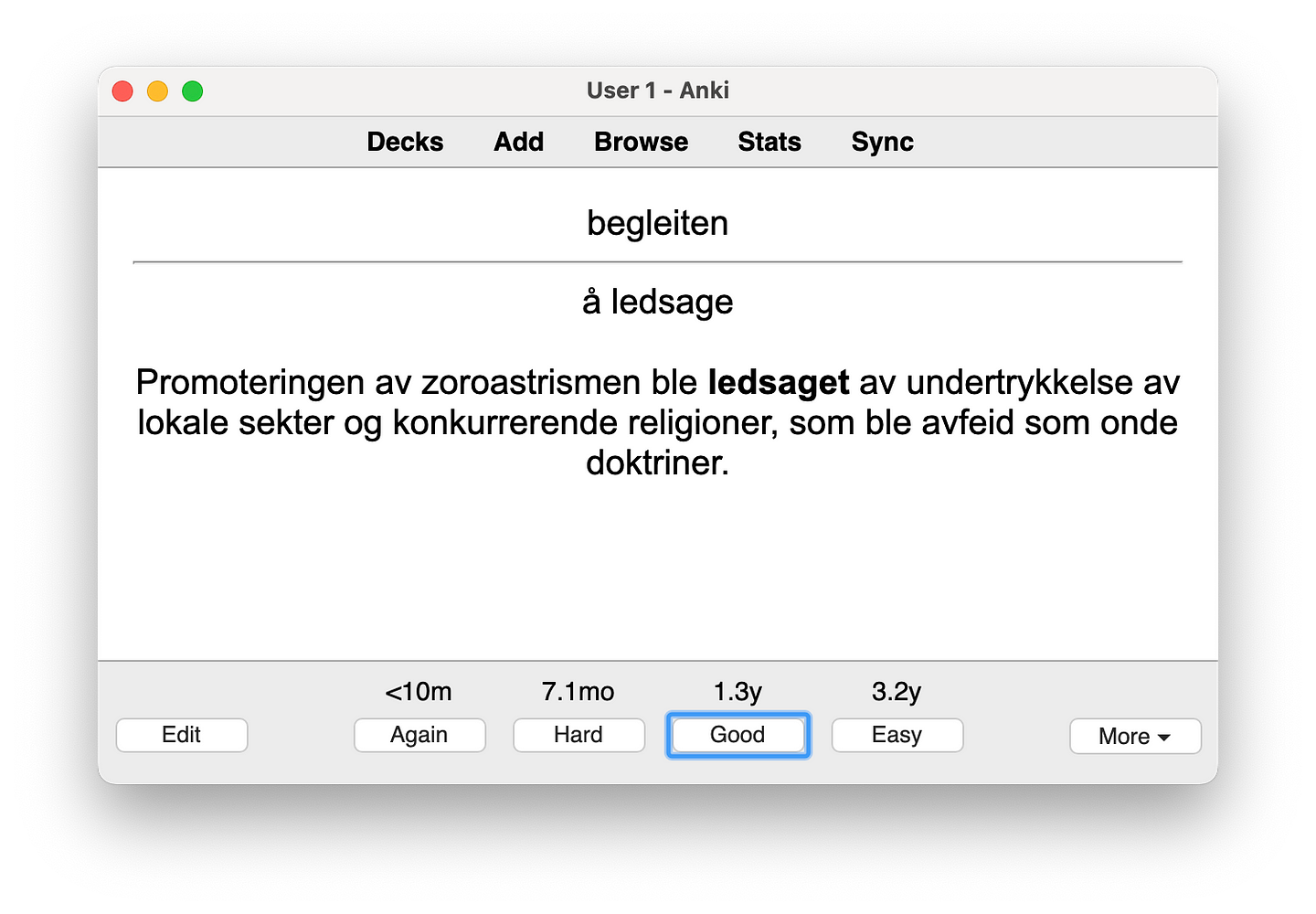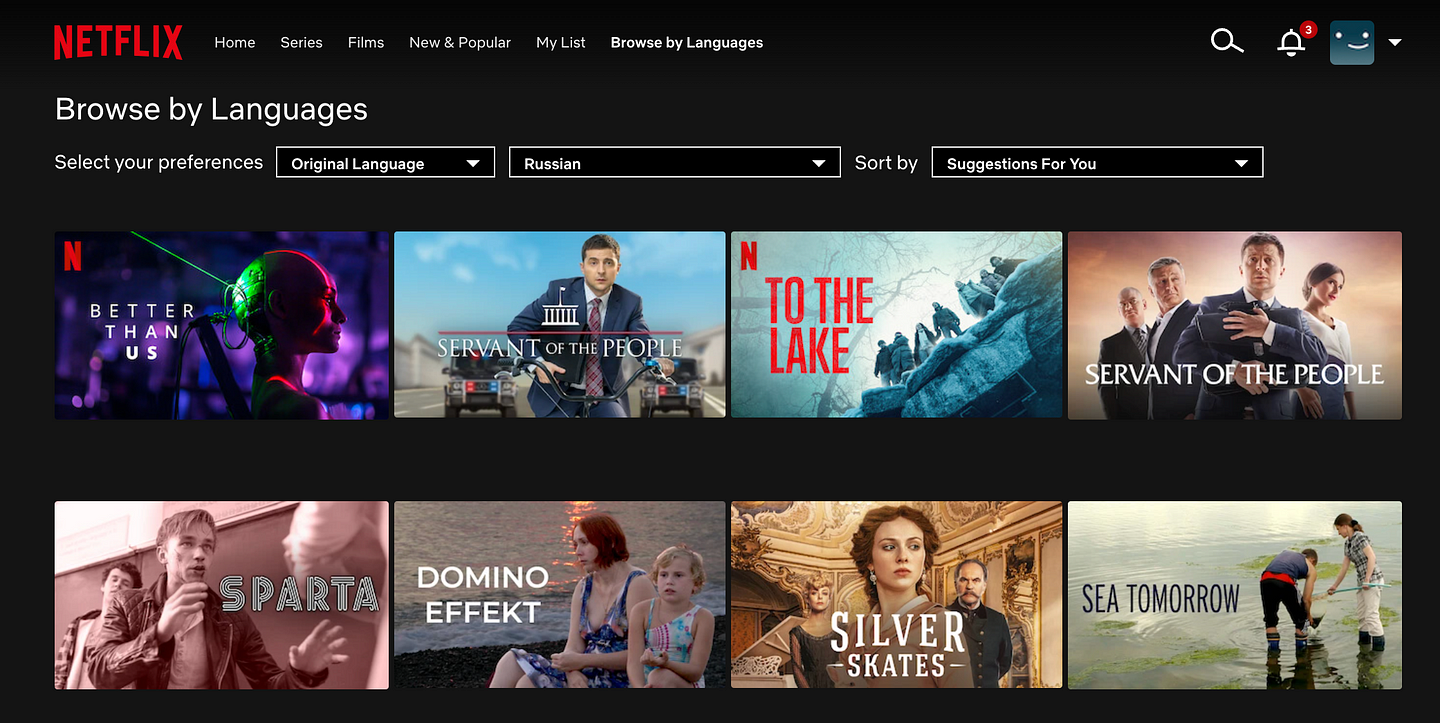
As the new year approaches, we create resolutions to improve this or that aspect of our life—or we decide to finally learn this new language after having put it off for months or even years on end. If I were to start learning a new language from scratch in 2023, these are the steps I would personally take, and which you can use for your own studies. They are based both on my personal experiences as a language learner and teacher and are anchored in pedagogical research.
Step 1: Define Your Needs
Before you begin your language learning journey, it is important to realize what you want to use the language for. Are you interested in understanding and consuming content in a foreign language, or do you need to pass a language test? Do you want to use it for travelling the world, or is it a professional focus? Understanding your goals will help you tailor your individual plan for learning the language and help you decide whether you should focus on lots of input in your target language, practice communicating, or delve into grammatical subtleties.

Step 2: Create a Plan
Once you know what you want to achieve, create an actionable plan which you can follow over the course of the year, or whatever time period you set aside. Use the goals identified in step one as a guide for reverse engineering smaller goals you need to achieve along the way. Make sure to define actionable goals which help you measure your progress. Instead of “reach an advanced level by the middle of the year,” make it “finish this textbook on level B2 by August 1st.”
Having a larger plan will give you exact guidelines for what you should be doing at every moment and will help you overcome the temptations to give up after weeks with no seeming progress. The following steps will further help you develop your plans.
Step 3: Master the Basics
No matter why you learn a language, you cannot skip building a strong foundation. This can be done in several ways, however, I consider online courses like Duolingo (free) or Babbel (paid) some of the mightiest tools for doing so. Their interactive lessons can usually get you anywhere from A2-B1. If you are studying independently, I consider them superior to classic textbooks, as there is a larger focus also on listening comprehension and at times even pronunciation.
Depending on your target language, the explanation of grammar is often not ideal on platforms like Duolingo. Thus, you might want to supplement the online course either with a textbook or other online resources that go more in-depth.
Step 4: Establish a System for Learning New Vocabulary
As you take up a lot of new information and vocabulary, it is important to have a bulletproof system in place that will serve you over the long term in remembering words. You don’t want to start from scratch after three months because you cannot remember the most basic words and expressions. Thus — especially in the beginning — make a point of writing down every new word you encounter and commit to learning it. Having a firm fundament in place will allow you to build upon its more advanced structures.

A system I can recommend for studying vocabulary is spaced repetition. It is a learning technique that involves reviewing information at gradually increasing intervals in order to commit vocabulary to long-term memory. You can do so through apps like Anki, which I am a great fan of, or write them by hand on flashcards.
Step 5: Get a Lot of Input
Also, from very early on, I highly suggest developing a constant stream of input in your target language. It will not only help you with your listening and reading comprehension, but it can also be a source for new vocabulary and linguistic structures. If you just started out, look for a podcast/YouTube channel with videos aimed at learners, and gradually move your way up to more difficult content with topics that genuinely interest you.
Although input constitutes a vital part of language learning, I see it as complementing your more systematic studies. Thus, when reading or listening to a text, you do not need to know every single word—instead, try to understand the general content, and you will passively improve your language skills. This notion is backed by the Comprehensible Input Hypothesis laid out by linguist Steven Krashen: it is not necessary for language learners to fully understand everything they hear or read in order to make progress, but they can learn by attempting to understand the input and using their prior knowledge and context clues to fill in the gaps.

I want to further highlight that it is not enough to search for some videos/text in your target language every once in a while, you want to create a low-threshold system that allows you to aimlessly consume content in your target language. Do this by finding and subscribing to a podcast you like and listening to it on all of your commutes, finding a series in your target language and bingeing it, or finding an author or a blog you enjoy reading. Since this will replace (parts of) your usual media consumption, it should become a fun activity you can do to relax instead of feeling like another studying session.
Step 6: Find the Right Text- and Workbooks
At some point, maybe after 3–4 months, you will have finished your Duolingo or Babbel tree and mastered the basics of the language. And although input is a source of learning by itself, you want to focus on one main studying tool, as it will both introduce you to new concepts at the right time, and you will also make steady, measurable progress that will sustain your motivation over longer times.
Thus, I suggest you find a text- and workbook that starts where your basic course ended (maybe level A2-B1) and follow it from there on. Again, set goals for how fast you want to advance, commit to new vocabulary and do the exercises the book offers. Once you are done, just pick a new book that picks up where the other finished.
Step 7: Produce the Language
Unless you have no wish in being able to speak the language at all, you should absolutely practice producing it—either written or spoken. You will both get more confident, and according to what Merrill Swain has called the Output Hypothesis, you will also notice where your deficiencies lie.
Think about it: by having lots of input you will start understanding more and more in your target language. But only if you try to communicate and fail, for example when you lack the vocabulary to express a certain thing, you will exactly notice where you still lack the skills to express what you want to say. In turn, this allows you to more narrowly focus on these aspects instead of taking in everything at once.

You can produce the language, obviously, by talking—either to yourself or ideally, find a partner. If you don’t know anyone personally, you can hire a coach on platforms like iTalki, or find a partner for a language tandem on Tandem.
Especially if you need to pass a language test, you will most likely need to write an essay. Therefore, practice writing as much as you can. Usually, the essay prompts that you find in many textbooks provide a good starting point. Ideally, get hold of someone giving you feedback on your writing. The platform Fiverr, for example, can connect you with proofreaders in your target language, and who will usually correct your texts for a very reasonable price.
Conclusion
Learning a new language is far from a simple process. It involves countless steps that may differ from person to person, but also from language to language. The above plan outlines what works and has worked for me personally. If you embark on your own, auto-didactic language learning journey, it is completely possible that you will encounter different challenges, needs, or preferences. Nevertheless, I think the steps can serve as a good template for how you can make steady and measurable progress, and by using available digital tools.
Feel free to tweak the steps and find out what works for you. No matter how you decide you want to learn a new language in 2023, I deem it most important that you make a plan that you can stick to and not make you give up along the way.
What languages do you want to learn in the next year, and how do you approach your studies?